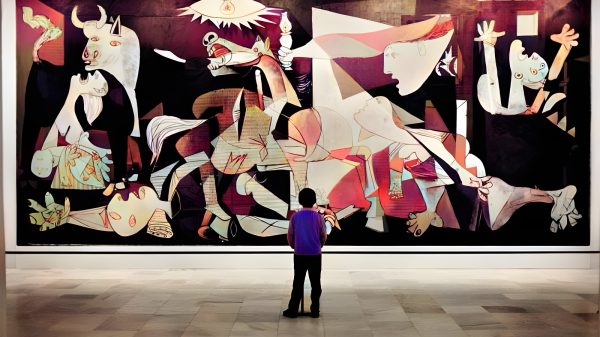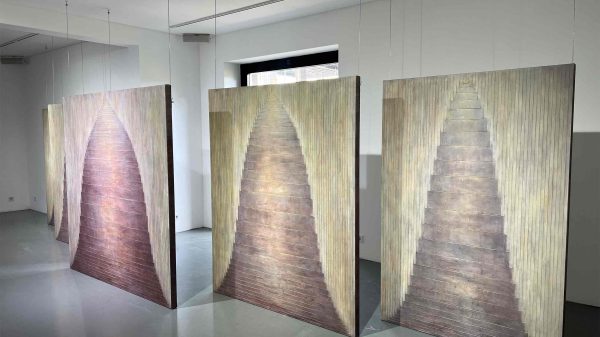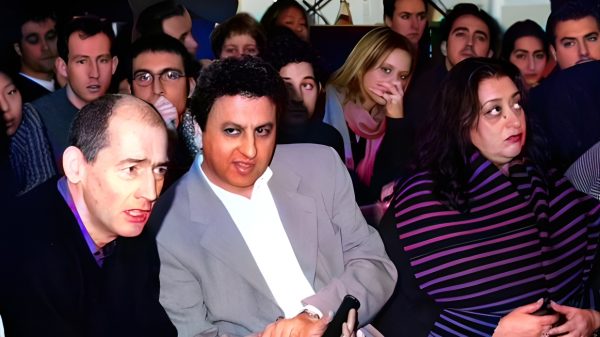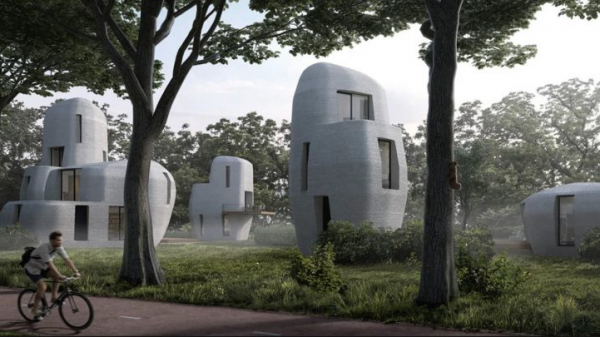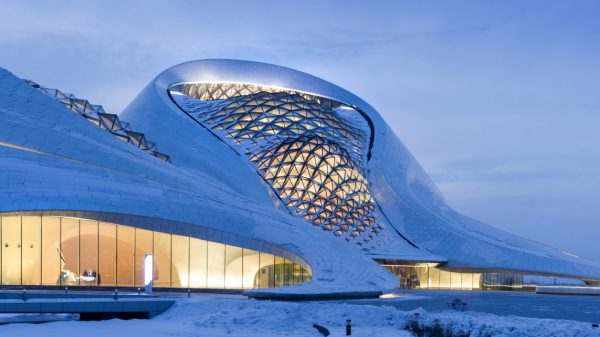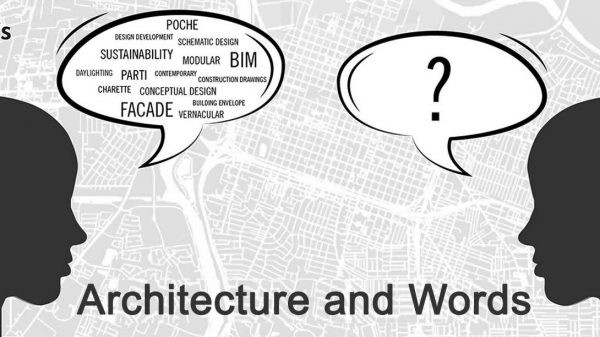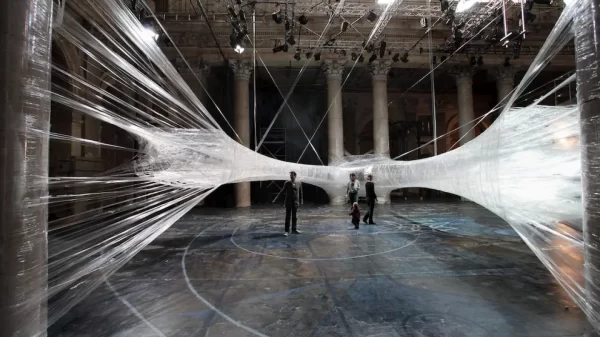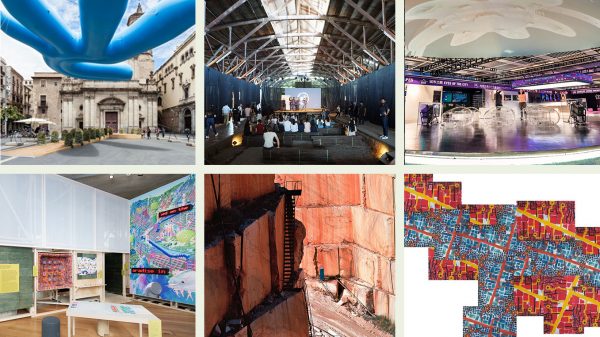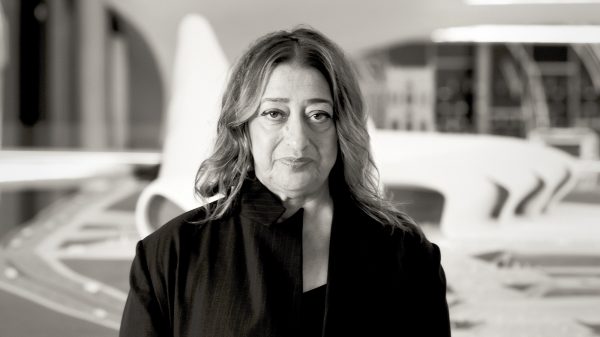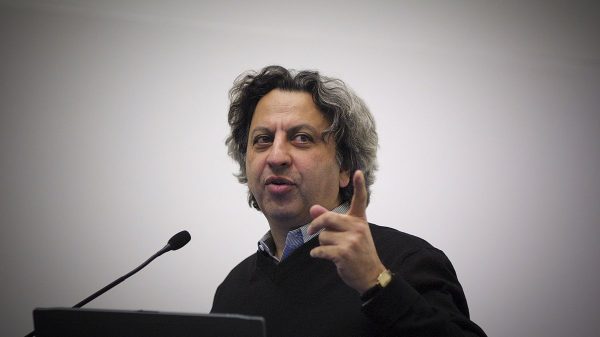The purpose of the Pritzker Prize
To honour a living architect or architects whose built work demonstrates a combination of those qualities of talent, vision, and commitment, which has produced consistent and significant contributions to humanity and the built environment through the art of architecture.
-
Author: Muhammad Houman Teimouri
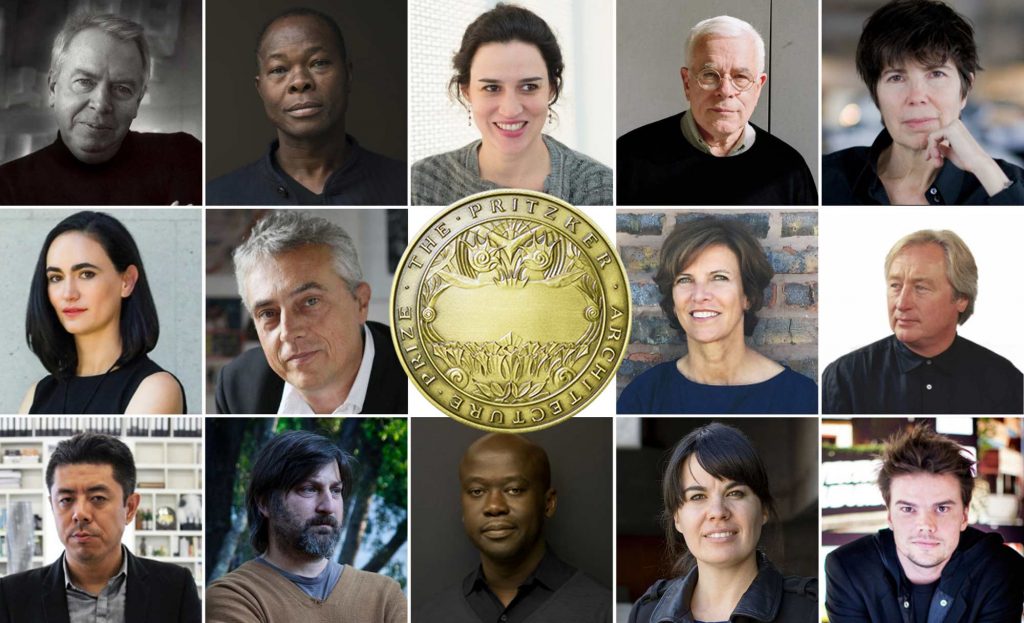
The international prize, which is awarded each year to a living architect/s for significant achievement, was established by the Pritzker family of Chicago through their Hyatt Foundation in 1979. It is granted annually and is often referred to as “Architecture’s Nobel” and “The profession’s highest honour.” The jury that examines and selects the best architect artists in the world over the years is one of the most prestigious architects in the world. The award consists of $100,000 (US) and a bronze medallion. The award is conferred on the laureate/s at a ceremony held at an architecturally significant site throughout the world.
Members of the Pritzker Prize
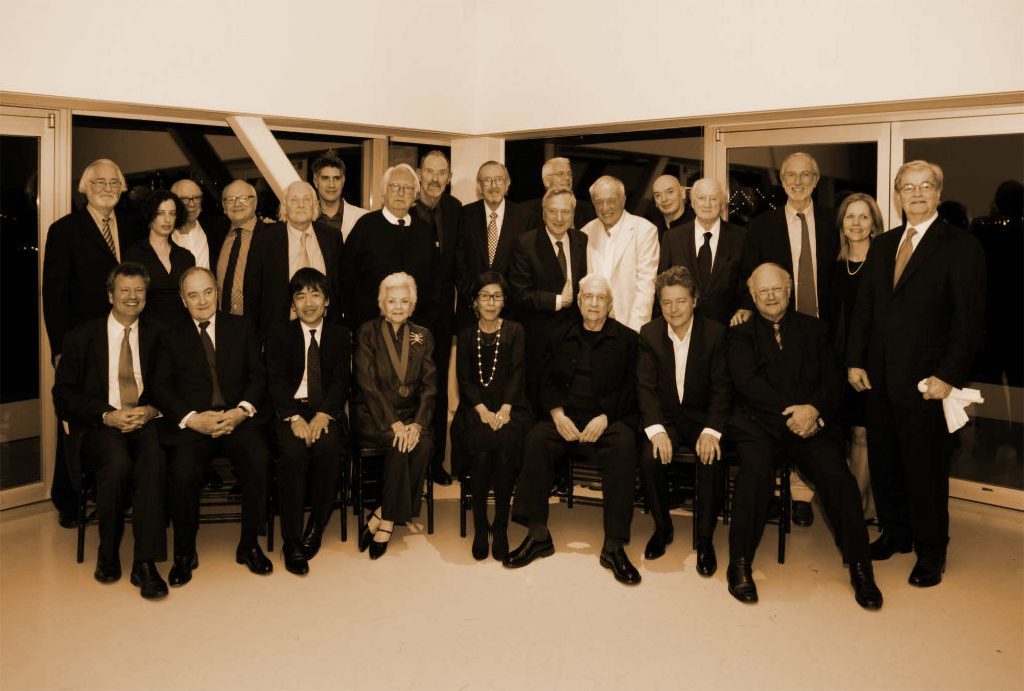
Front row left to right Carlos Jimenez*, Lord Palumbo, Ryue Nishizawa, Cindy Pritzker***, Kazuyo Sejima, Frank Gehry, Christian de Portzamparc, Glenn Murcutt.
Back row, left to right Juhani Pallasmaa*, Karen Stein*, Rolf Fehlbaum*, Jorge Silvetti* Hans Hollein, Alejandro Aravena*, Richard Meier, Thom Mayne, Cesar Pelli*, Rafael Moneo (behind-Jan Utzon, representing Jorn Utzon) Richard Rogers, Jean Nouvel, Kevin Roche, Renzo Piano, Martha Thorne**, Bill Lacy**. (Photo taken in 2010)
*Juror
** Executive Director
***Founder
History
The prize takes its name from the Pritzker family, whose international business interests are headquartered in Chicago. Their name is synonymous with Hyatt Hotels located throughout the world. The Pritzkers have long been known for their support of educational, scientific, medical, and cultural activities. Jay A. Pritzker, (1922-1999), founded the prize with his wife, Cindy.
His eldest son, Tom Pritzker, the Chairman and President of Hyatt Foundation explains, “As native Chicagoans, it’s not surprising that our family was keenly aware of architecture, living in the birthplace of the skyscraper, a city filled with buildings designed by architectural legends such as Louis Sullivan, Frank Lloyd Wright, Mies van der Rohe, and many others.”

He continues, “In 1967, we acquired an unfinished building which was to become the Hyatt Regency Atlanta. Its soaring atrium was wildly successful and became the signature piece of our hotels around the world. It was immediately apparent that this design had a pronounced effect on the mood of our guests and the attitude of our employees. While the architecture of Chicago made us cognizant of the art of architecture, our work with designing and building hotels made us aware of the impact architecture could have on human behaviour. So in 1978, when we were approached with the idea of honouring living architects, we were responsive.
Mom and Dad (Cindy and the late Jay A. Pritzker) believed that a meaningful prize would encourage and stimulate a greater public awareness of buildings and inspire greater creativity within the architectural profession.” Many of the procedures and rewards of the Pritzker Prize are modelled after the Nobel Prize. Laureates of the Pritzker Architecture Prize receive a $100,000 grant, a formal citation certificate, and since 1987, a bronze medallion. Before that year, a limited edition Henry Moore sculpture was presented to each Laureate.

Ceremony and Awarding ceremony
The official ceremony granting the award takes place every year, usually in May, paying homage to the architecture of other eras and/or works by previous laureates of the prize. As the ceremony locations are usually chosen each year before the laureate is selected, at an architecturally significant site throughout the world. The choice of location of the ceremony reinforces the importance of the built environment while providing a unique setting for the ceremony. There is no intended connection between the two. The invitation-only event is attended by international guests and guests from the host country. The ceremony itself normally consists of welcoming remarks usually from a dignitary of the host country; comments from the jury chairman; the presentation of the prize by Tom Pritzker; and an acceptance speech from the Laureate.
Who can participate in the competition?
The Executive Director of the prize, Manuela Lucá-Dazio, solicits nominations from a range of people, including past Laureates, academics, critics and others “with expertise and interest in the field of architecture.” Any licensed architect can also make a personal application for the prize before November 1 every year. (In 1988 Gordon Bunshaft nominated himself for the award and eventually won it.) The jury, consisting of five to nine “Experts… Recognized professionals in their fields of Architecture, Business, Education, Publishing, and Culture“, deliberates and early in the following year announces the winner. The prize Chair is the 2016 Pritzker laureate Alejandro Aravena; earlier chairs were J. Carter Brown (1979–2002), Lord Rothschild (2003–2004), Lord Palumbo (2005–2015), Glenn Murcutt (2016–2018) and Stephen Breyer (2019-2020).
Who are the nominees for the Pritzker Prize?
Nominations for the award are accepted from all countries. It is intended for virtually anyone who may have contributed to the development of desirable architecture, including government officials, authors, critics, academics, associate and partner architects, architectural associations or industry owners. Admission of candidates for different years is an ongoing process, ending in January of each year. Nominees approved after this period are automatically eligible for the next calendar year’s award. From among these candidates, the final winner will be chosen by a passionate international jury and secret ballot, regardless of nationality, race, faith or creed. Over 500 people from over 47 countries have been nominated for the award on her two dates. 2020 marked the first year that a special video was created instead of an in-person ceremony due to the restrictions associated with the Covid-19 global pandemic. The unique opportunity allowed the international organization to invite an unlimited audience to view the honouring of the Laureates.
Pritzker Prize medal design
The bronze medallion awarded to each Laureate of the Pritzker Architecture Prize is based on Designed and built by architect Louis Sullivan, the medal features three words in Latin that mean “Durability, Utility and Beauty.” Recalling Roman architect Vitruvius’ fundamental principles of architecture of Firmitas, Utilitas, Venustas. Louis Sullivan famed Chicago architect generally acknowledged as the father of the skyscraper.

Winners
From 1979 until now, one winner has been selected for the Pritzker Architecture Prize every year, except for the years 1988, 2001, 2020 and 2021, when two and three winners were nominated for the award in each of these years. In 1988, for the first time, Gordon Bonshaft and Oscar Niemeyer jointly won the award.
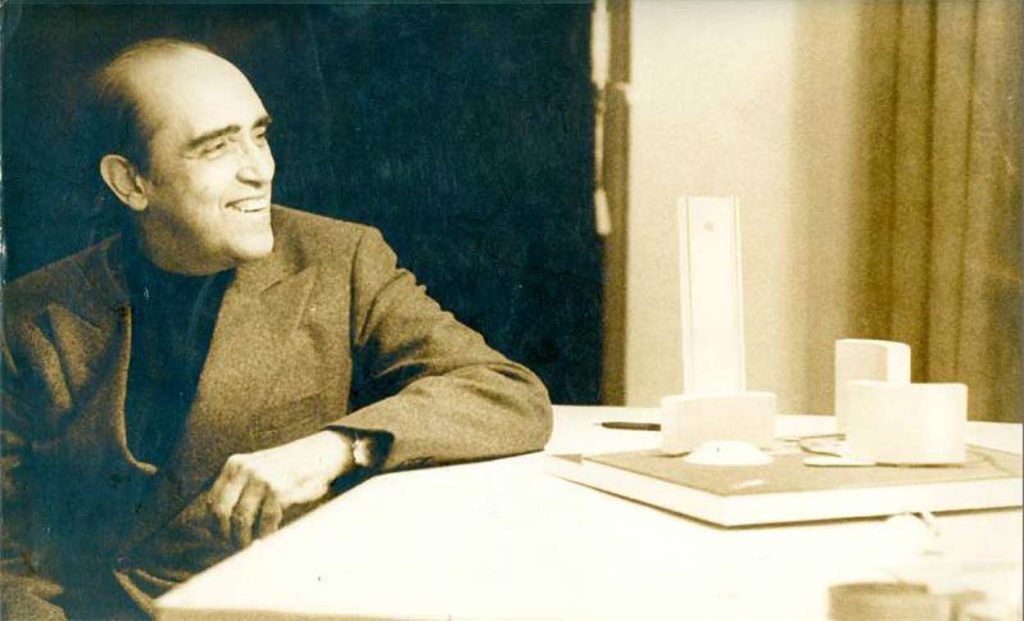

The first winner in 1979, Philip Johnson, was recognised for “50 years of imagination and vitality embodied in countless museums, theatres, libraries, homes, gardens and corporate structures.”Zaha Hadid became the first woman to win the award in 2004. In 2010, Ryue Nishizawa was the youngest winner at the age of 44. Architectural Partners (Kazuyo Sejima and Nishizawa in 2010, Yvonne Farrell and Sherry McNamara in 2020, Anne Lacaton and Jean Philippe Vassal in 2021) shared the award. 2017 winners, architects Rafael Aranda, Carme Pigem and Ramon Vilalta, were the first of his group of three to share the award.
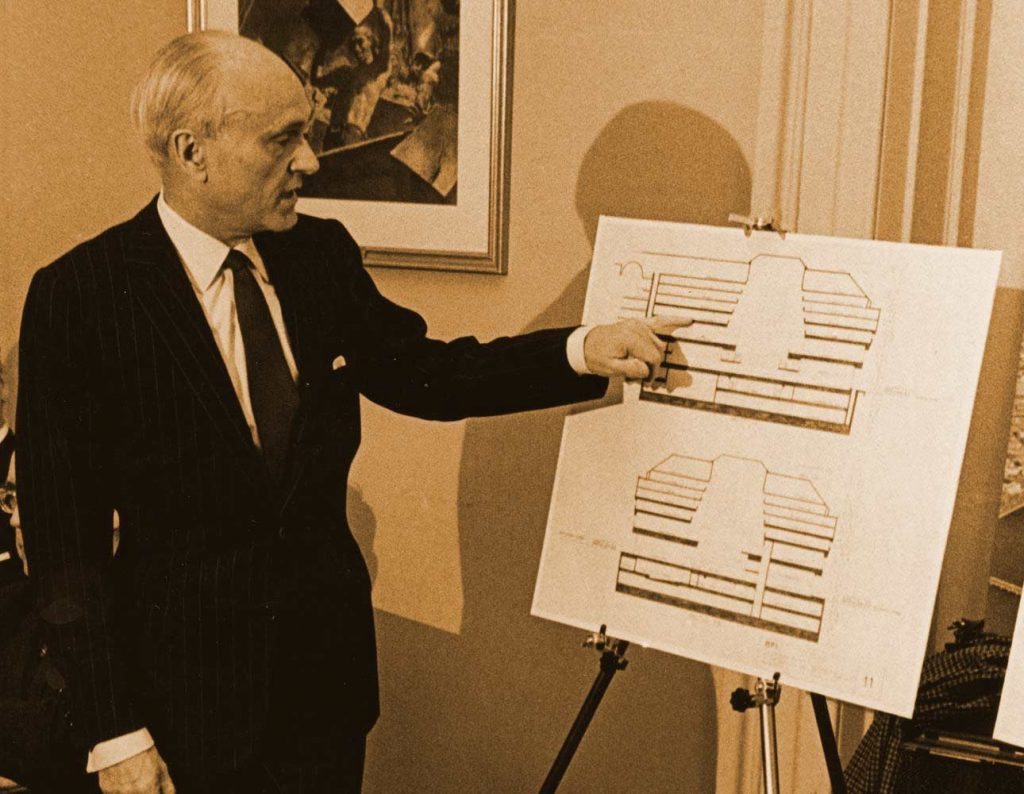
In 2001, Jacques Herzog and Pierre de Meuron, two partners from a Swiss firm were chosen as the winners of the award, because the judges believed that these two architects work so closely together that each their abilities and talents complement the other, and their work is the result of an honest and long-term cooperation that it is impossible to appreciate one of them without honouring the other.
Another winner of this award is Freir Otto. One of his best works is the design of the roof of the Munich Park Olympic stadium prepared for the 1972 Summer Olympics. He also designed the German Pavilion for the 1967 Expo and the Japanese Pavilion for his 2000 Expo. Freya Otto, the winner of the 40th Pritzker Prize, died a few weeks before his 90th birthday.
Objection to the Pritzker Prize
In 2013, the student organisation “Women in Design” at the Harvard Graduate School of Design started a petition on behalf of Denise Scott Brown to receive joint recognition with her partner, past prize winner since 1991, Robert Venturi, furthering a debate about sexism in architecture. The petition, according to The New York Times, “reignited long-simmering tensions in the architectural world over whether women have been consistently denied the standing they deserve in a field whose most prestigious award was not given to a woman until 2004 when Zaha Hadid won.” Although the petition received international support from several past recipients, the jury said that it cannot revisit the work of past juries, to acknowledge the work of Brown and Lu Wenyu, both women and equal partners to their spouses Venturi and Wang Shu, who won in 1991 and 2012 respectively.
Scott Brown told CNN that “as a woman, she had felt excluded by the elite of architecture throughout her career,” and that “the Pritzker Prize was based on the fallacy that great architecture was the work of a ‘single lone male genius’ at the expense of collaborative work.” The 2020 Pritzker jury said in its citation awarding the prize to Yvonne Farrell and Shelley McNamara – making them the fourth and fifth women to ever be awarded the prize – that they were, “pioneers in a field that has traditionally been and still is a male-dominated profession [and] beacons to others as they forge their exemplary professional path.”
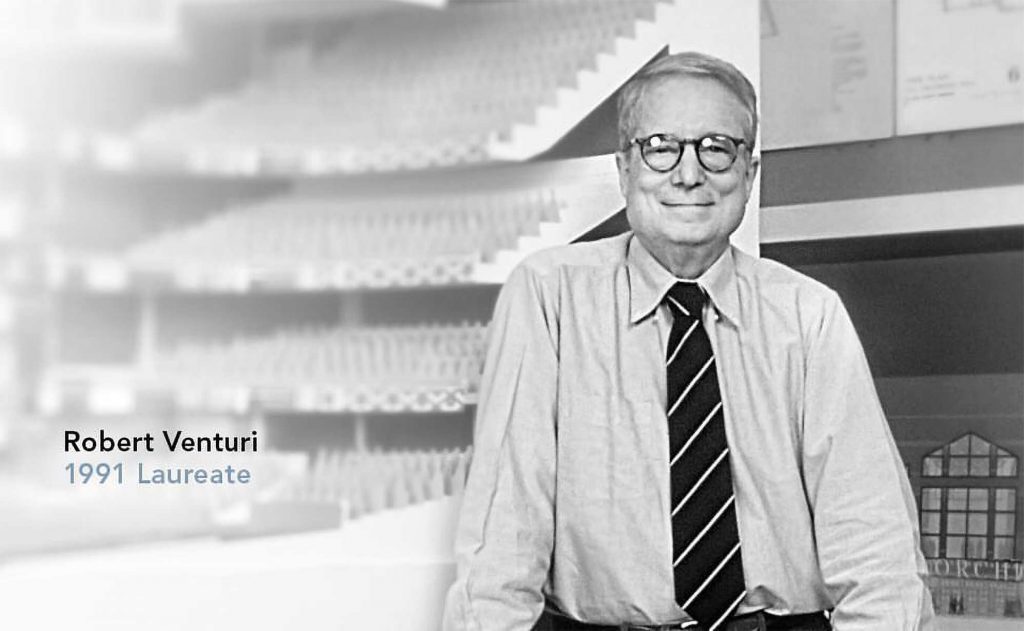
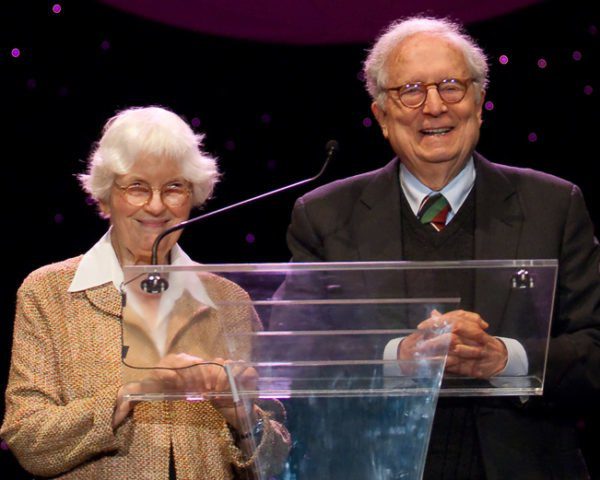
Reference:
www.pritzkerprize.com
www.aadzign.com
What do you think of this article?
We love your feedback and would to hear your comments!

